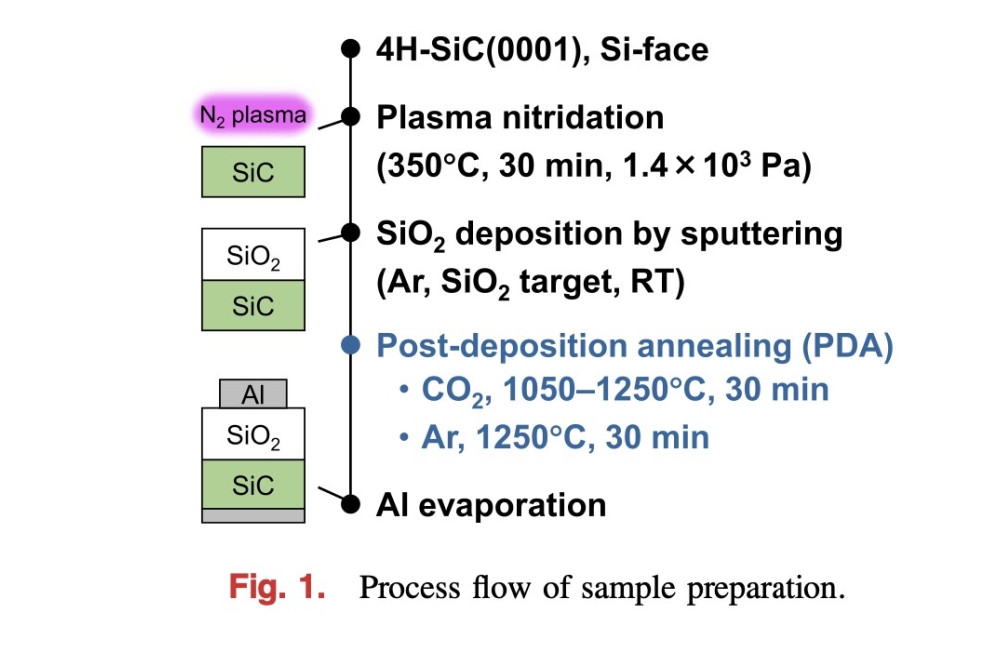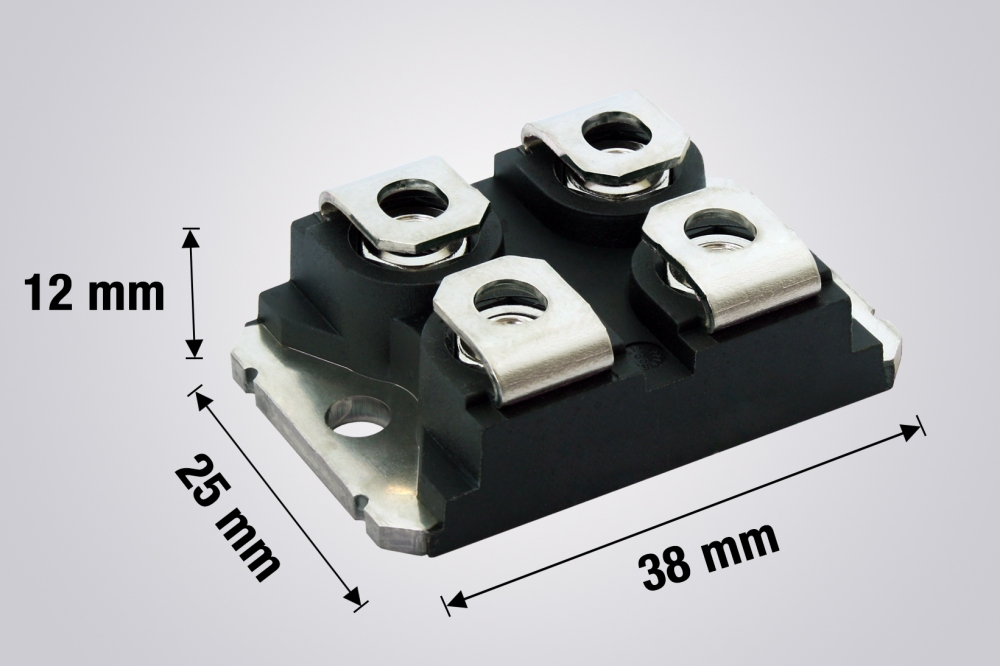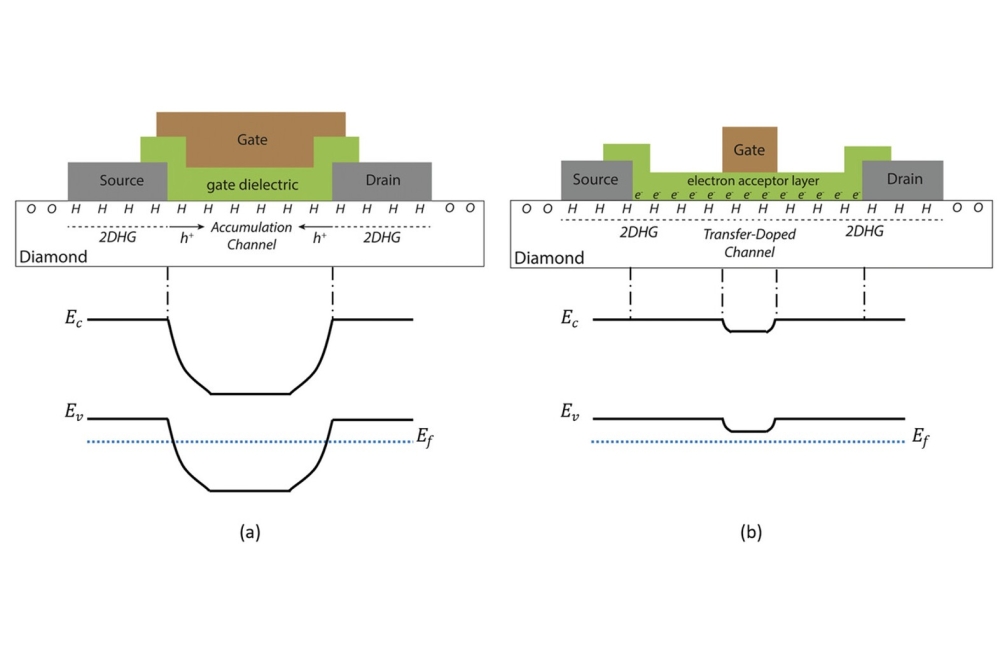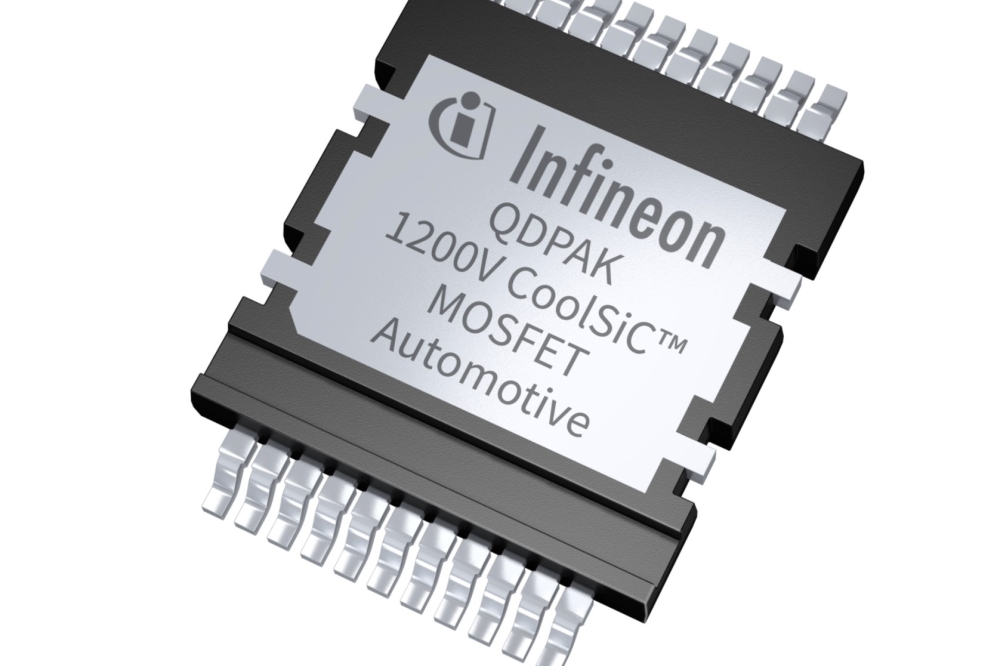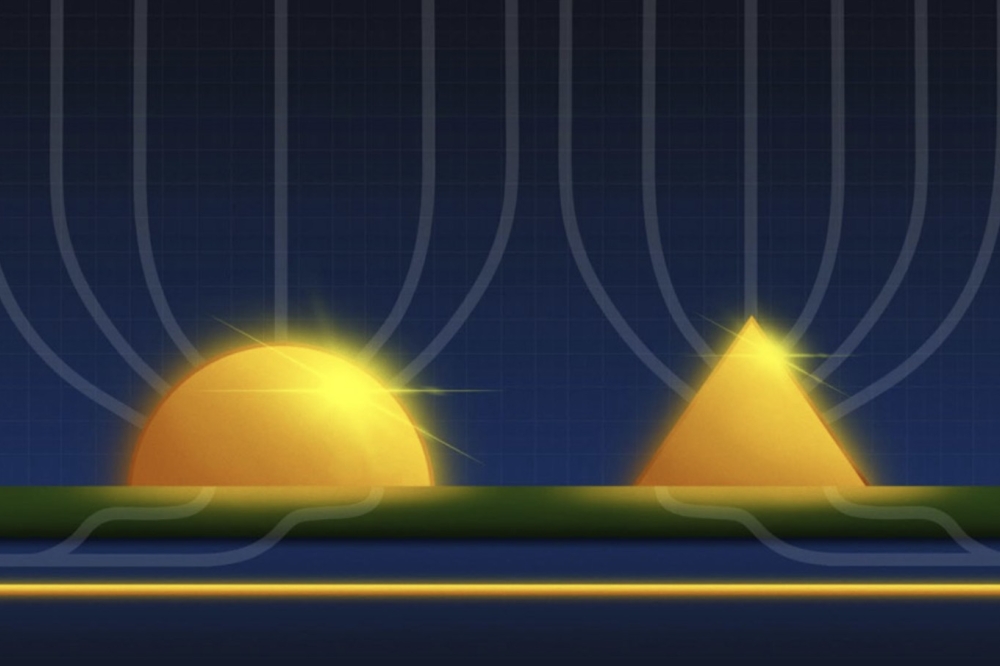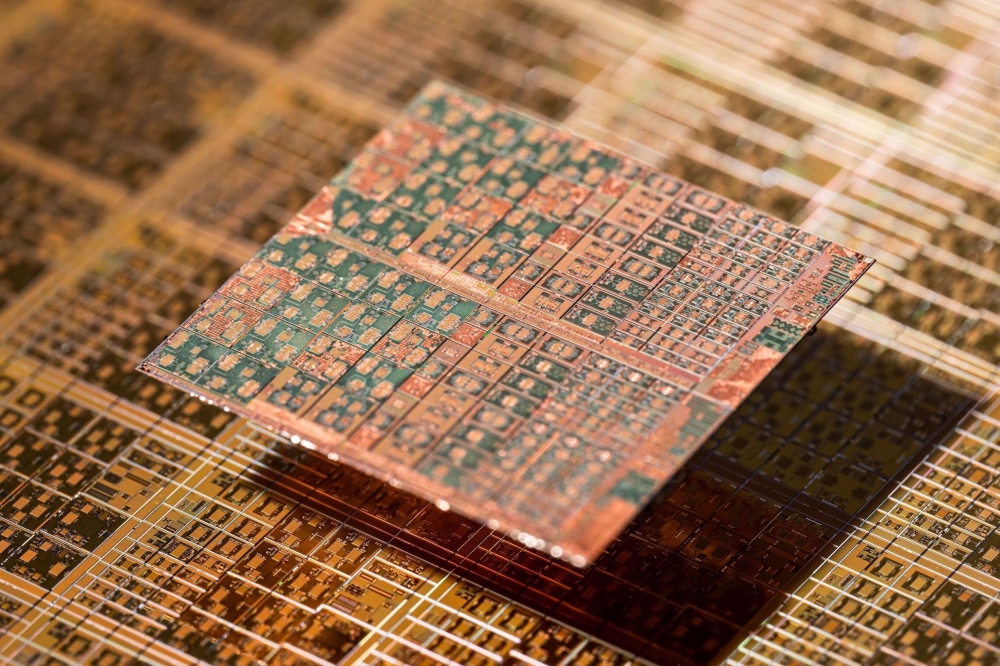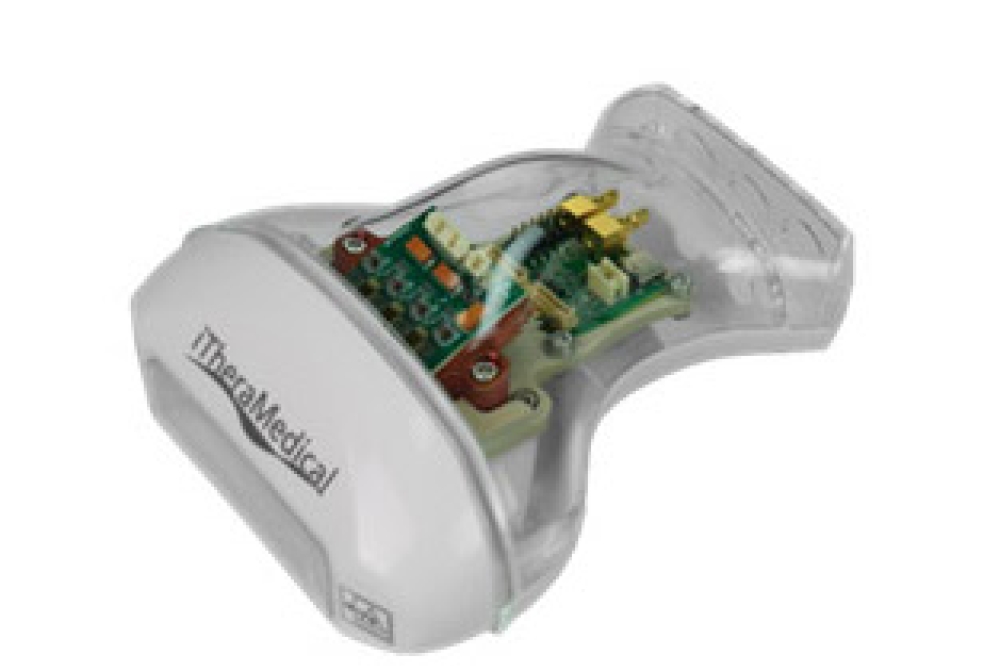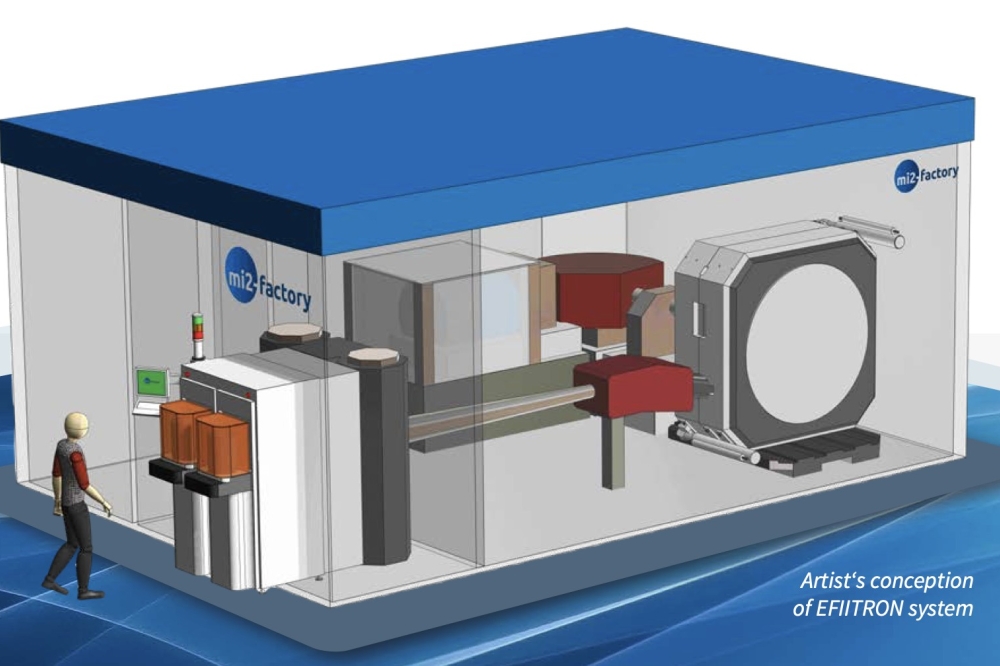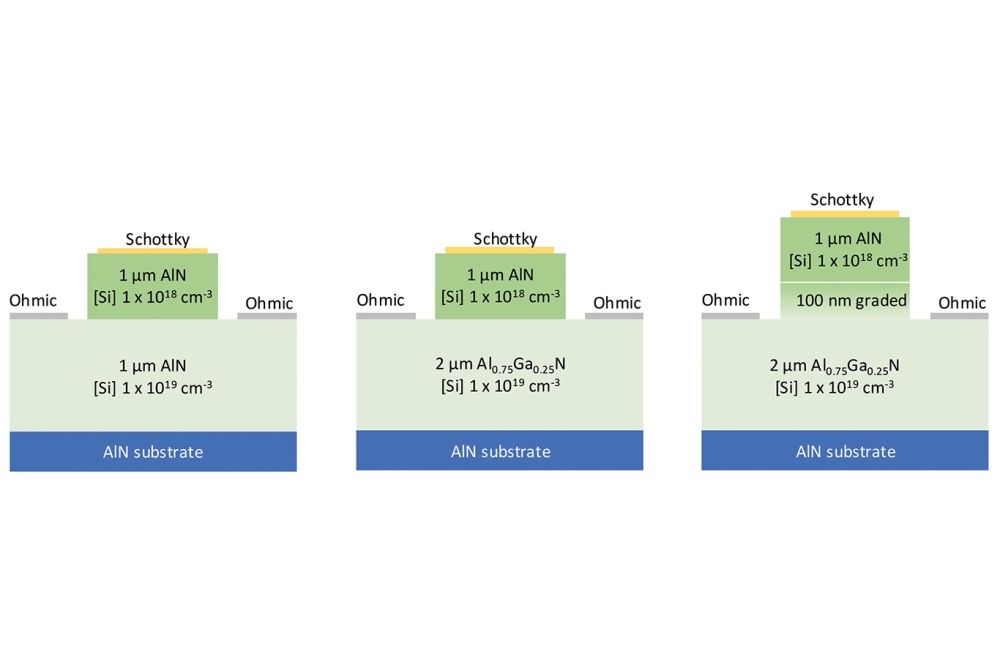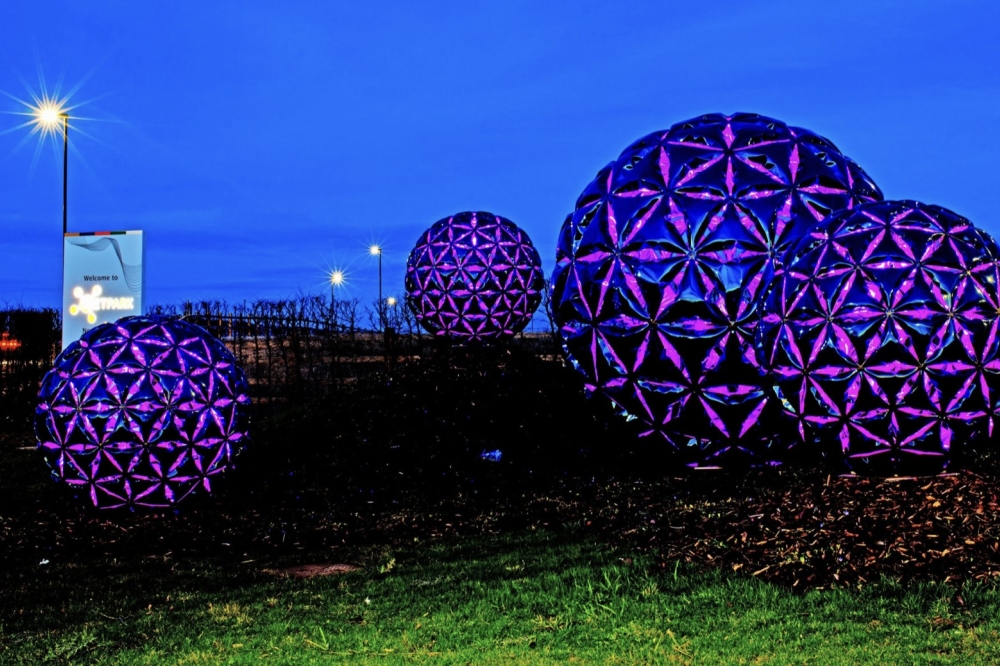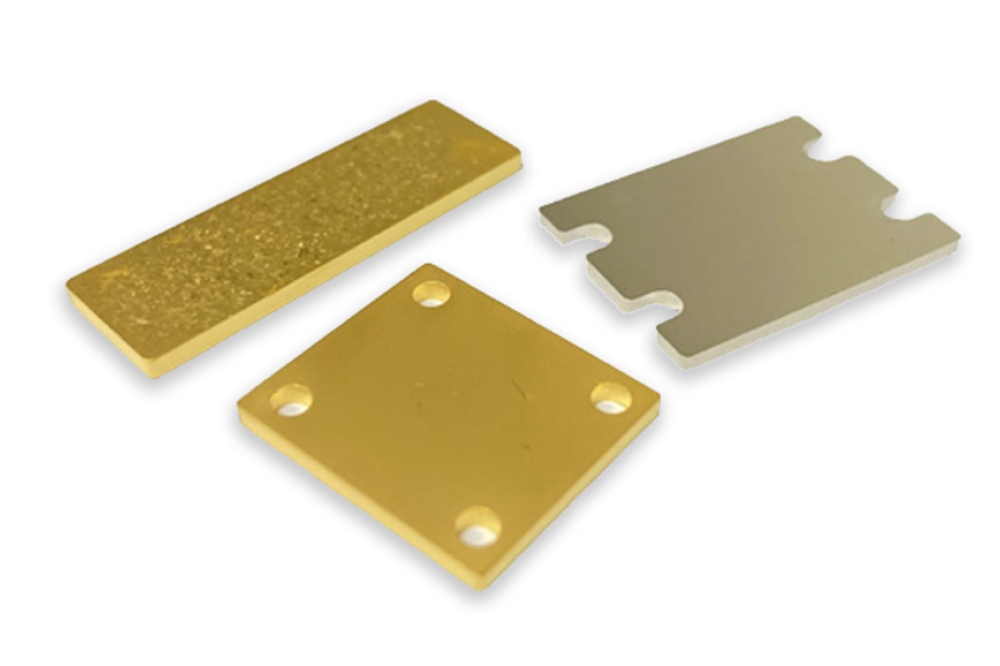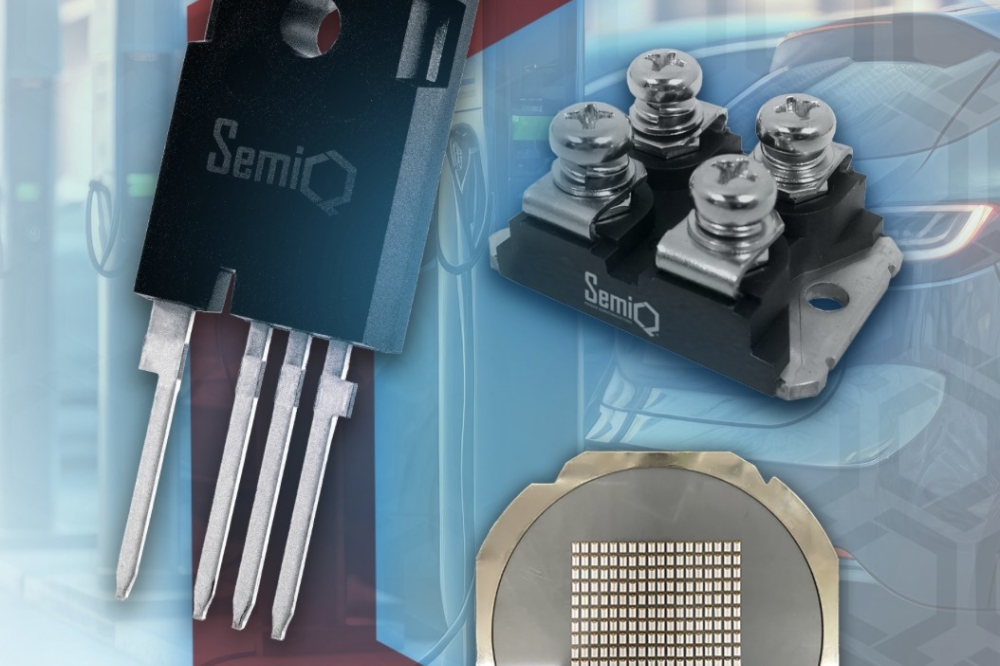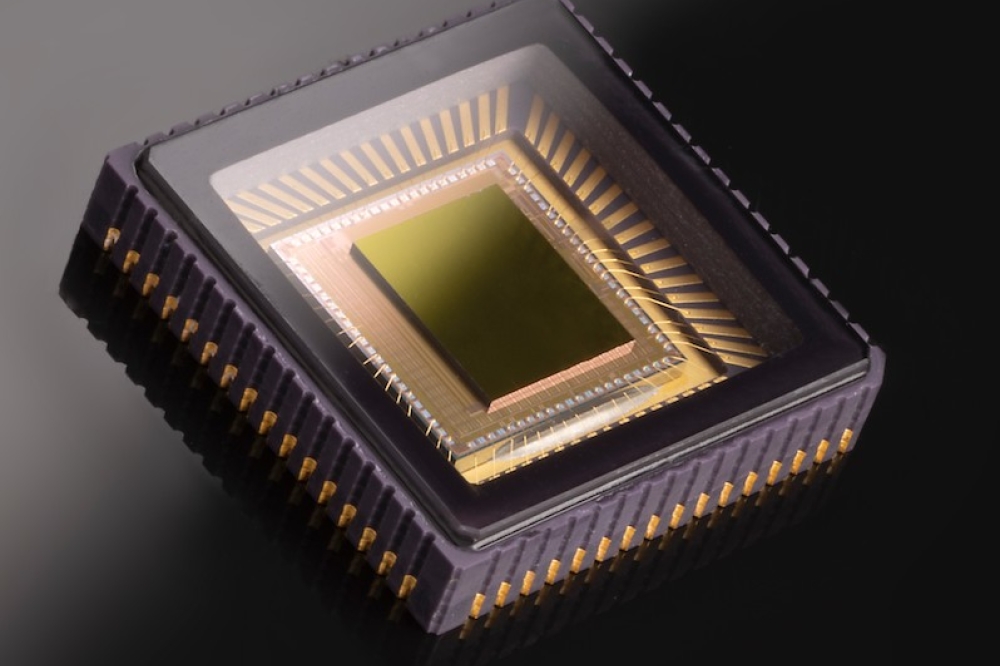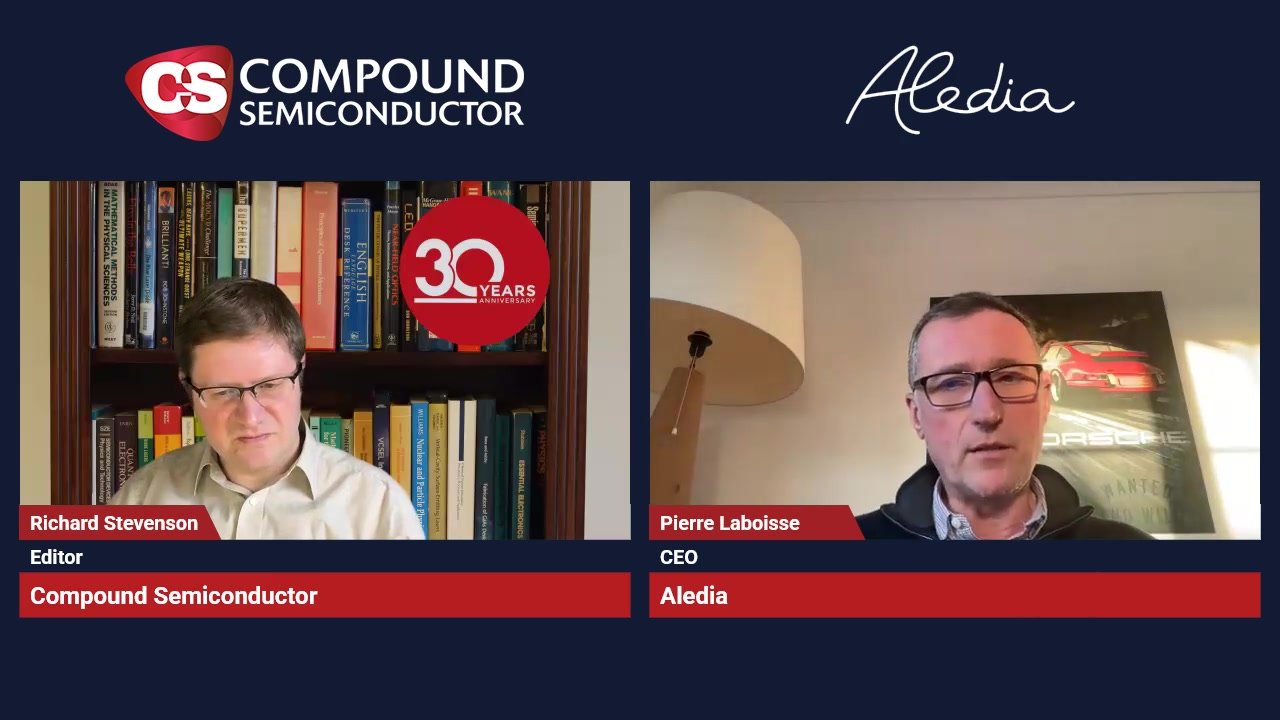US team develops new way to grow 2D semiconductors

Johns Hopkins researchers show how to sculpt crystals at the nanoscale precisely, quickly, and without the need for traditional top-down processes
Researchers at Johns Hopkins University have developed a new method for producing atomically-thin transition metal dichalcogenides (TMD) crystals (in this case MoS2) for next generation electronic devices.
By using specially-treated silicon surfaces to tailor the crystals' size and shape, the researchers say they have found a potentially faster and cheaper way to produce next-generation semiconductor crystals for microchips. The findings are described in a paper published in Nature Nanotechnology.
"Having a method to sculpt crystals at the nanoscale precisely, quickly, and without the need for traditional top-down processes, presents major advantages for widespread use of nanomaterials in technology applications," said Thomas J. Kempa, a chemistry professor at Johns Hopkins University who directed the research.
Kempa's team first doused silicon substrates with phosphine gas. Then MoS2 crystals were coaxed to grow on the phosphine-treated silicon supports, the authors discovered that they grew into structures that were far smaller and of higher quality than crystals prepared through traditional means.
The researchers discovered that the reaction of phosphine with the silicon support caused the formation of a surface that spurred the crystals to grow as horizontal ribbons as opposed to the planar and triangularly-shaped sheets that are typically produced. Moreover, the uniform complexion and clean-edged structure of these ribbons rivalled the quality of nanocrystals prepared through industry-standard patterning and etching processes, which are often laborious, lengthy, and expensive, Kempa said.
2D TMDs have enjoyed widespread attention but conventional processing methods struggle to readily alter the texture of TMDs in ways that suit new discoveries and the development of better-performing technologies.
Notably, the versions of TMDs that Kempa and his team were able to create were so small that they dubbed them 'one-dimensiona'l to differentiate them from the usual 2D sheets most researchers are familiar with.
The MoS2crystals prepared by Kempa and his team had a number of useful features. They were highly-uniform which could make them more efficient at conducting and converting energy in solar cells or catalysts. The researchers were able to directly grow the crystals to their precise specifications simply by changing the amount of phosphine. The substrate is reusable and modular, meaning that other labs could use the technology in conjunction with other existing crystal growth processes to make new materials. The ribbon-shaped, one-dimensional crystals emit light whose colour can be tuned by adjusting the ribbon width.
"We are contributing a fundamental advance in rational control of the shape and dimension of nanoscale materials," Kempa said.
This method can "sculpt nanoscale crystals in ways that were not readily possible before," he added. "Such precise synthetic control of crystal size at these length scales is unprecedented."
"Our method could save substantial processing time and money," he said. "Our ability to control these crystals at will could be enabling of applications in energy storage, quantum computing and quantum cryptography."
'Substrate-directed synthesis of MoS2 nanocrystals with tunable dimensionality and optical properties' by Tomojit Chowdhury et al; Nature Nanotechnology, 18 November 2019

